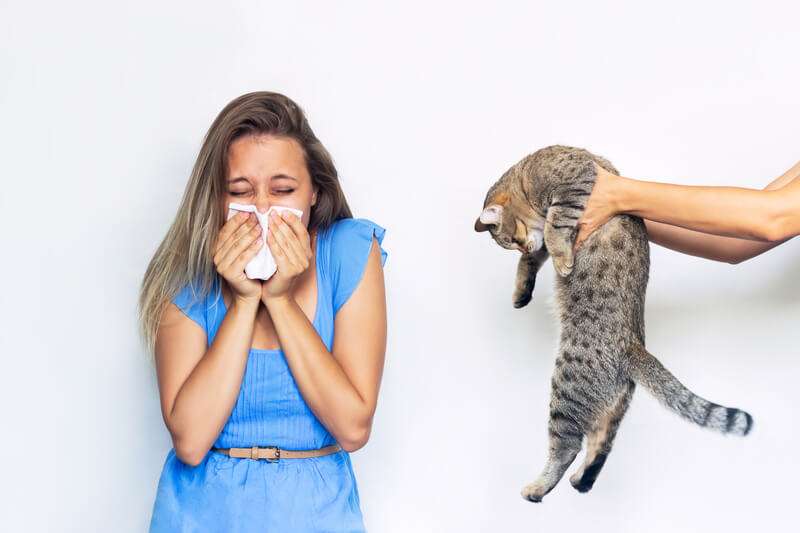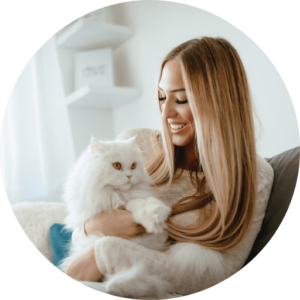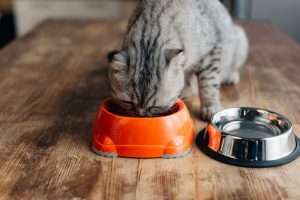Table of Contents
Product Overview
Rank
Image
Product
Details
Price

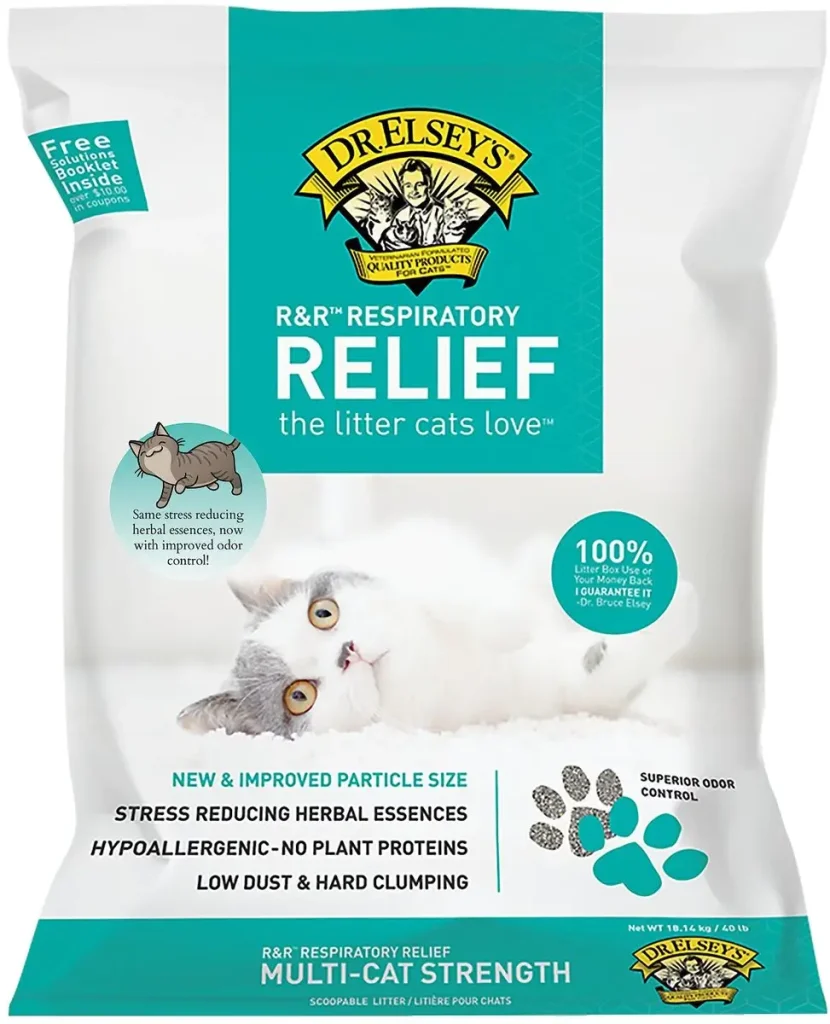
Dr. Elsey's Precious Cat Respiratory Relief Clumping Clay Litter
- Low-dust formula
- Hypoallergenic
- Natural herbal essences
- Hard clumping
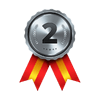

ökocat Natural Wood Clumping Cat Litter
- Made from reclaimed wood
- Low-dust formula
- Biodegradable and compostable
- Natural odor control
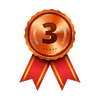
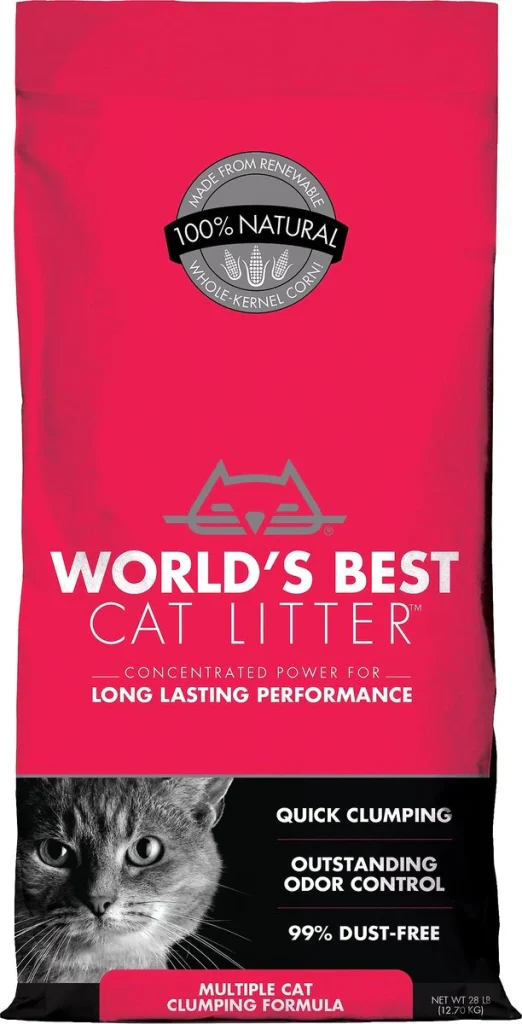
World's Best Cat Litter Clumping Formula
- Corn-based material
- Low-dust formula
- Biodegradable
- Effective clumping and odor control
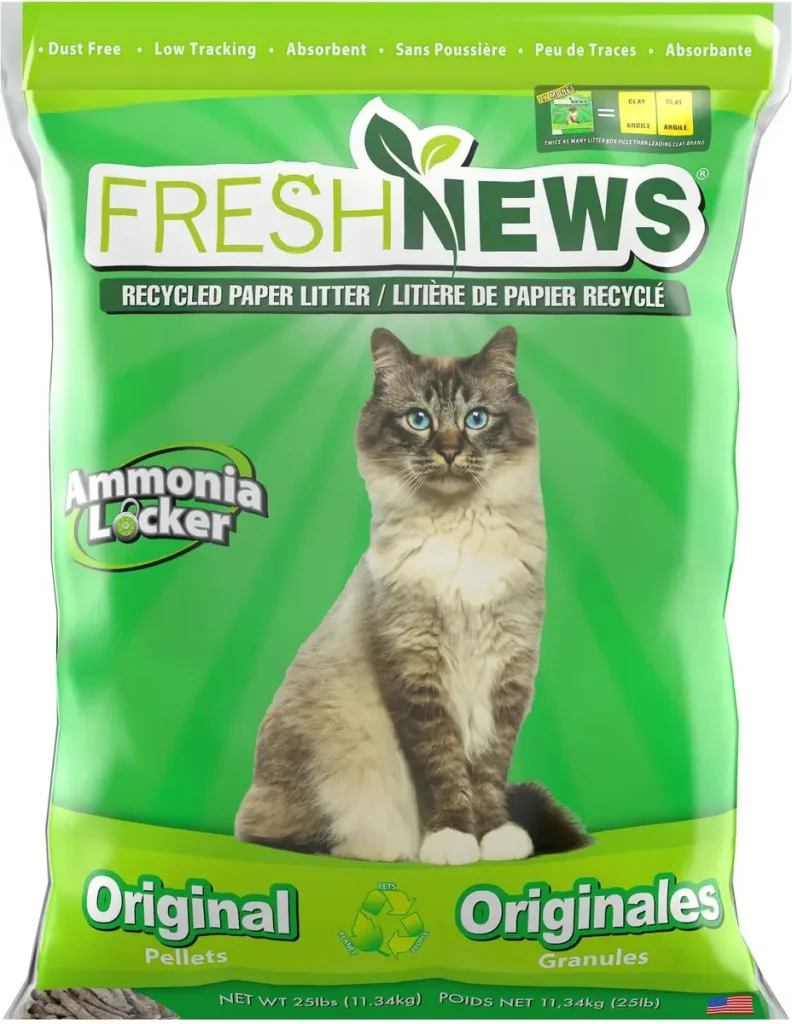
Fresh News Unscented Recycled Paper Cat Litter
- Recycled paper material
- Unscented
- Dust-free
- Non-clumping
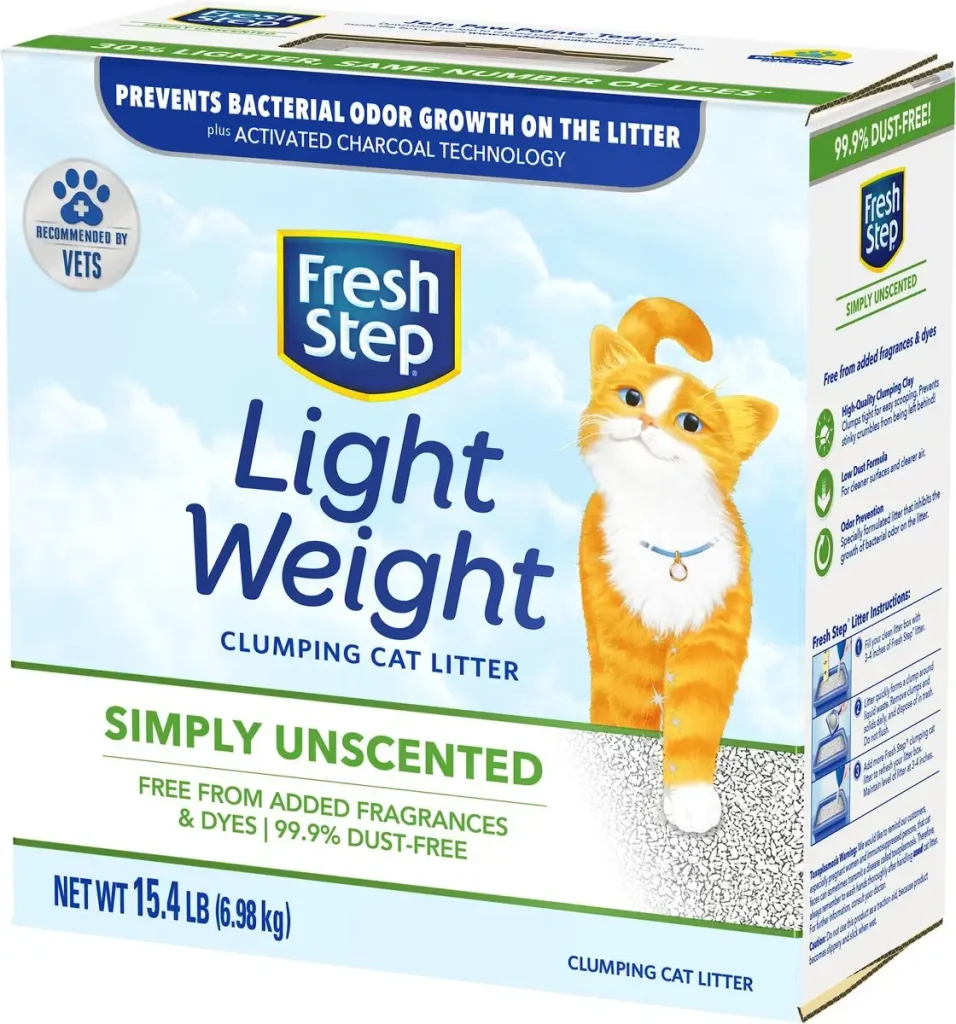
Fresh Step Simply Unscented Lightweight Clumping Cat Litter
- Low-dust formula
- Unscented
- Lightweight
- Clumping
Understanding Cat Allergies
Before diving into the best cat litter options for allergy sufferers, it’s important to understand the most common allergens produced by cats and how they can trigger allergic reactions. Cat allergens are proteins found in a cat’s skin, saliva, and urine, which can become airborne and cause allergy symptoms.
Common allergens from cats
- Cat dander: Dander is tiny particles of dead skin that cats naturally shed. When your cat grooms itself, the dander becomes covered in saliva and is distributed throughout the fur. As the saliva dries, the dander is released into the air and can cause allergic reactions in sensitive individuals.
- Cat saliva: Cat saliva contains proteins called Fel d 1, which is a primary allergen responsible for cat allergies. During grooming, these proteins spread throughout a cat’s fur, and as the fur sheds, the allergen-containing hairs become airborne, triggering allergy symptoms.
- Urine: Cat urine also contains proteins that can cause allergic reactions. When a cat uses the litter box, these allergens can become airborne, especially if the urine isn’t adequately absorbed by the litter.
Cat litter and allergies
The choice of cat litter plays a significant role in controlling allergy symptoms, as certain types of litter can exacerbate allergies. The following factors contribute to cat litter-related allergies:
- Dust from cat litter: Dust is a common issue with many types of cat litter, especially clay-based ones. When cats dig in the litter or simply walk across it, they can kick up dust particles that become airborne, leading to sneezing, coughing, and itchy, watery eyes in allergy sufferers. Additionally, when litter is poured or scooped, it can also generate dust that contributes to respiratory irritation.
- Fragrances and chemicals: Many cat litters contain artificial fragrances and chemicals to control odors. However, these additives can cause allergies or sensitivities in both cats and humans. For allergy sufferers, choosing a litter with minimal added chemicals and fragrances can help reduce the risk of triggering allergy symptoms.
Understanding these common allergens and the impact of cat litter on allergies is crucial in making an informed decision when selecting the best cat litter for your needs. In the following sections, we will discuss the different types of cat litter available and provide recommendations for allergy sufferers.
Types of Cat Litter
Clumping clay litter
Non-clumping clay litter
Silica gel crystals
Recycled paper
Wood-based litter
Corn, wheat, and other biodegradable materials
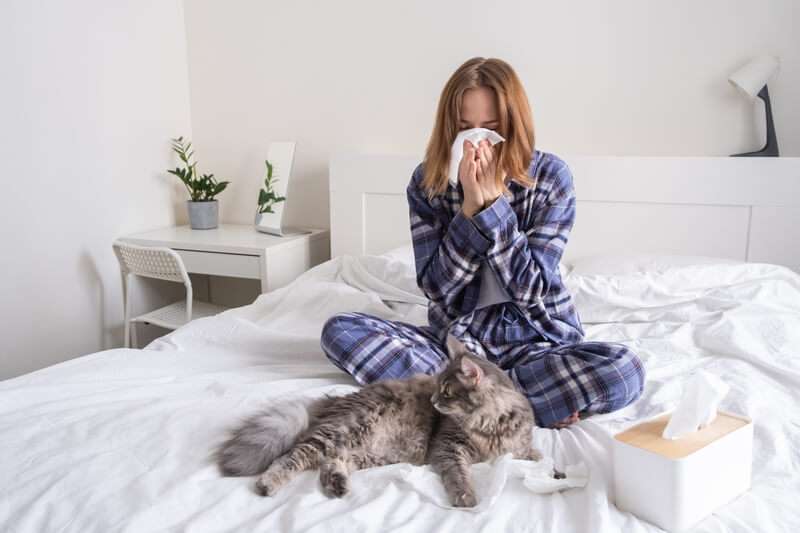
Criteria for Choosing the Best Cat Litter for Allergies
Selecting the best cat litter for allergy sufferers involves considering several factors to ensure a comfortable living environment for both cats and their owners. Here, we outline five essential criteria to keep in mind when choosing the ideal cat litter for individuals with allergies.
Low-dust formula : Dust production is a major concern for allergy sufferers, as it can trigger respiratory symptoms like sneezing, coughing, and itchy, watery eyes. Look for cat litters that specifically advertise a low-dust or dust-free formula. However, be aware that even low-dust formulas may contain minimal amounts of dust, so it’s important to find a brand that best suits your individual needs.
Unscented or natural fragrance : Artificial fragrances and chemicals used in some cat litters can cause allergic reactions or sensitivities in both humans and cats. Opt for unscented cat litters or those with natural fragrances derived from plants, like lavender or eucalyptus, to minimize the risk of triggering allergy symptoms. Be cautious of litters labeled as “lightly scented,” as they may still contain artificial fragrances.
Hypoallergenic materials : Some cat litters are made from hypoallergenic materials, which are less likely to cause allergic reactions. Examples of hypoallergenic litters include those made from recycled paper, wood-based materials, or biodegradable plant-based materials like corn and wheat. Keep in mind that while these materials are generally less allergenic, individual sensitivities may still occur.
Absorbency and odor control : Good absorbency and odor control are crucial factors in choosing the best cat litter. While allergy sufferers should prioritize low-dust and hypoallergenic materials, it’s essential to select a litter that effectively absorbs moisture and controls odor. Look for litters that promise long-lasting odor control, fast clumping, or high absorbency to ensure a fresh and clean environment.
Environmental impact : The environmental impact of cat litter may not directly influence allergy symptoms, but it’s an important consideration for many cat owners. Eco-friendly cat litters made from recycled or biodegradable materials can help reduce your environmental footprint. Additionally, some eco-friendly litters produce less dust and contain fewer chemicals, which can benefit allergy sufferers.
By taking these criteria into account, you can make a more informed decision when selecting the best cat litter for allergies. Remember that individual needs and preferences may vary, so it’s essential to find a cat litter that works best for you and your furry companion.
Best Cat Litter for Allergies on the Market
Dr. Elsey's Precious Cat Respiratory Relief Clumping Clay Litter
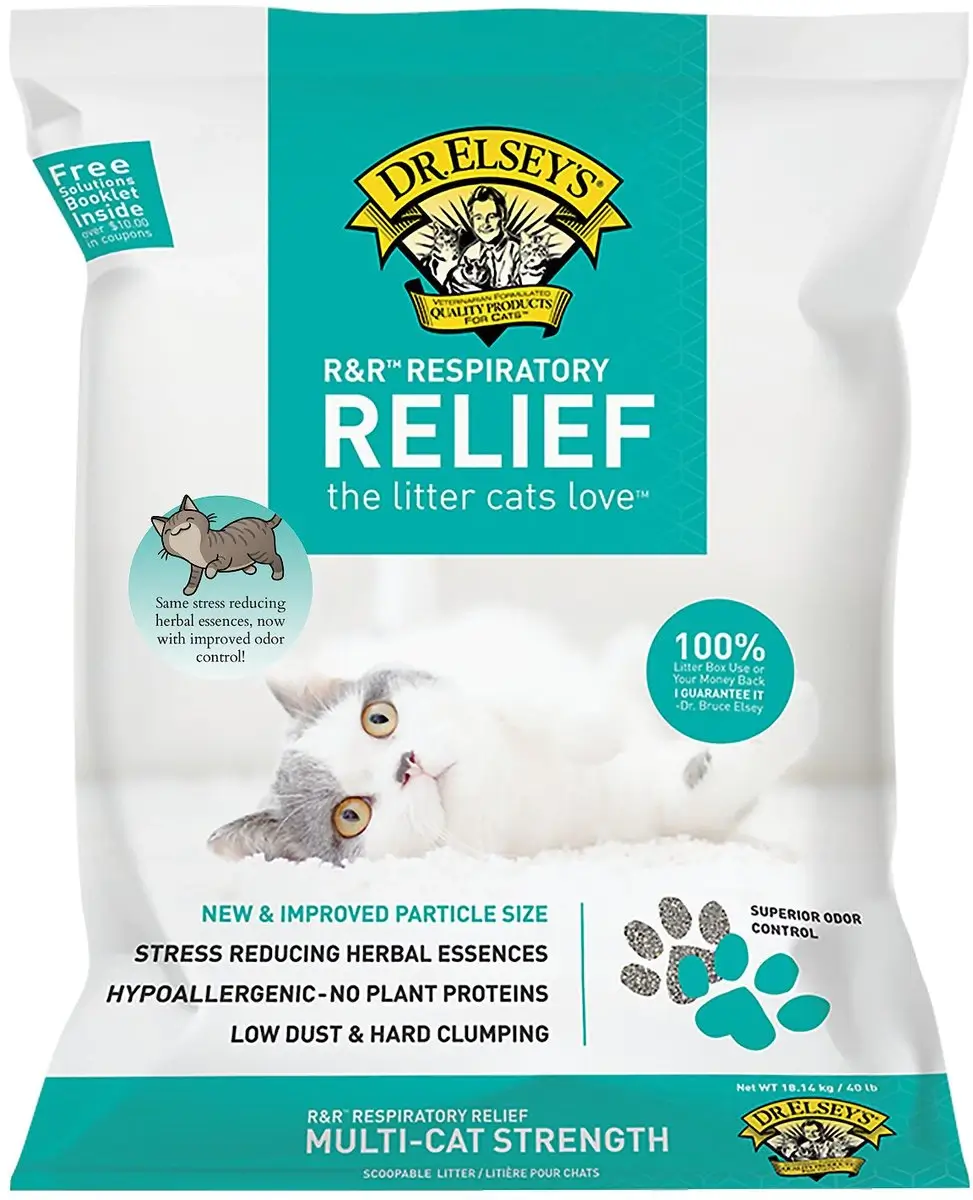
- Pros
- Specifically formulated for allergy sufferers
- Effective odor control
- Easy to scoop
- Cons
- Higher price than some other clumping clay litters
ökocat Natural Wood Clumping Cat Litter
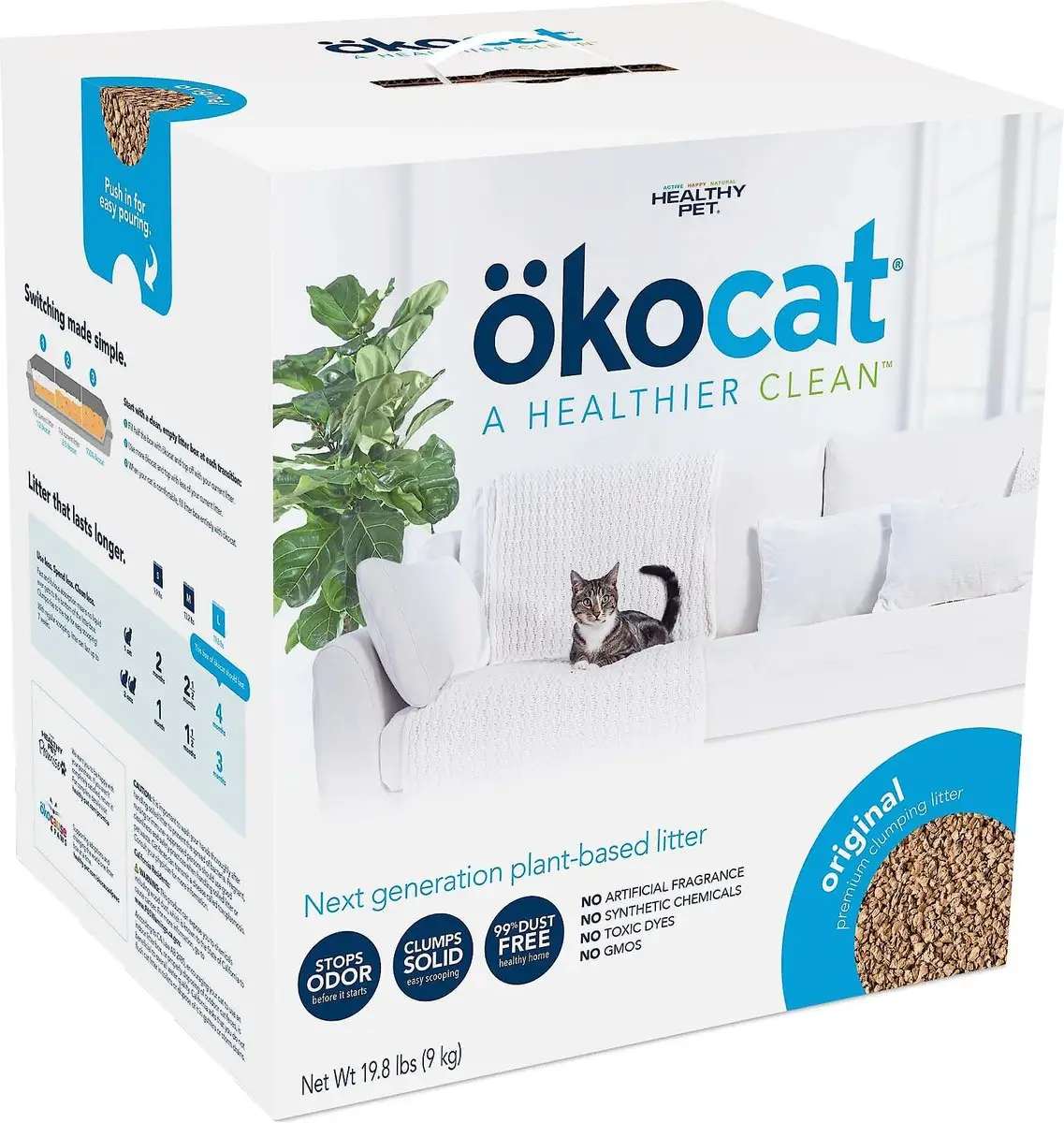
- Pros
- Environmentally friendly
- Minimal dust
- Effective odor control
- Cons
- May be more expensive than some other litters
- Some users report less effective clumping compared to clay litters
World's Best Cat Litter Clumping Formula
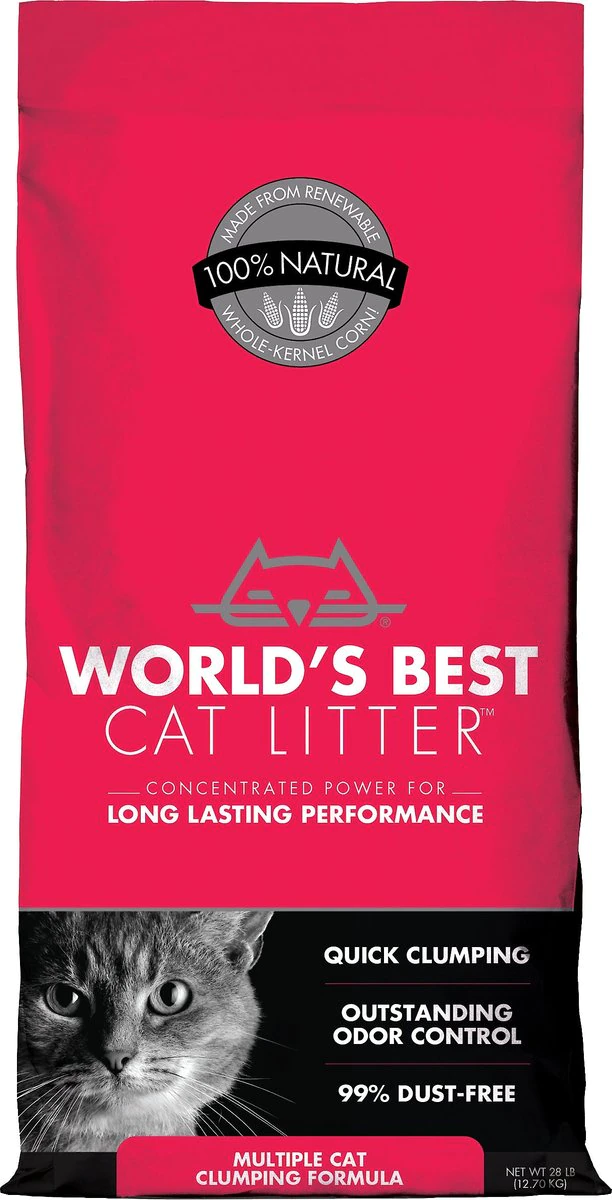
- Pros
- Environmentally friendly
- Minimal dust
- Excellent odor control and clumping
- Cons
- Higher price compared to some other litters
- May attract pests if not stored properly
Fresh News Unscented Recycled Paper Cat Litter
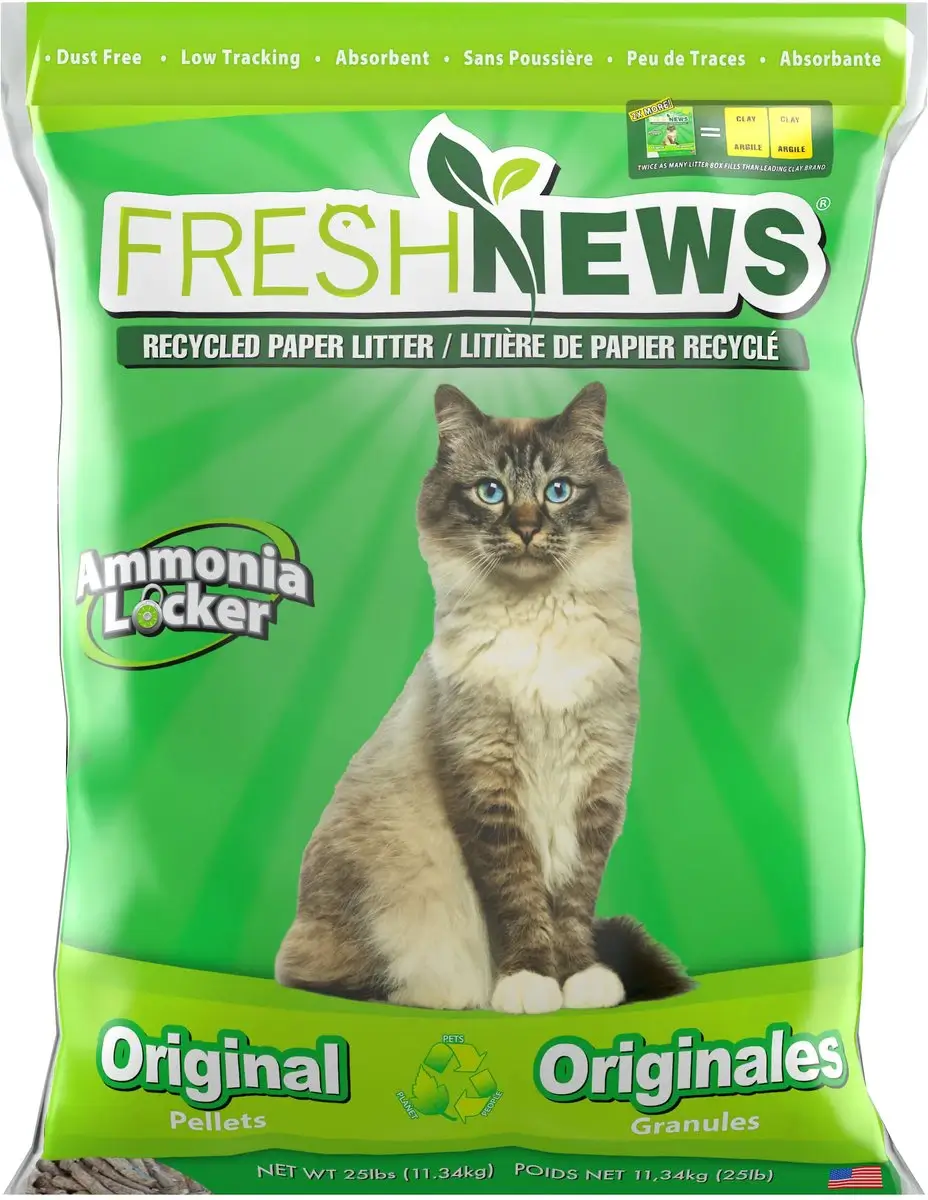
- Pros
- Eco-friendly
- Dust-free
- Good odor control
- Cons
- Non-clumping formula may be less convenient to clean
- May require more frequent replacement
Fresh Step Simply Unscented Lightweight Clumping Cat Litter
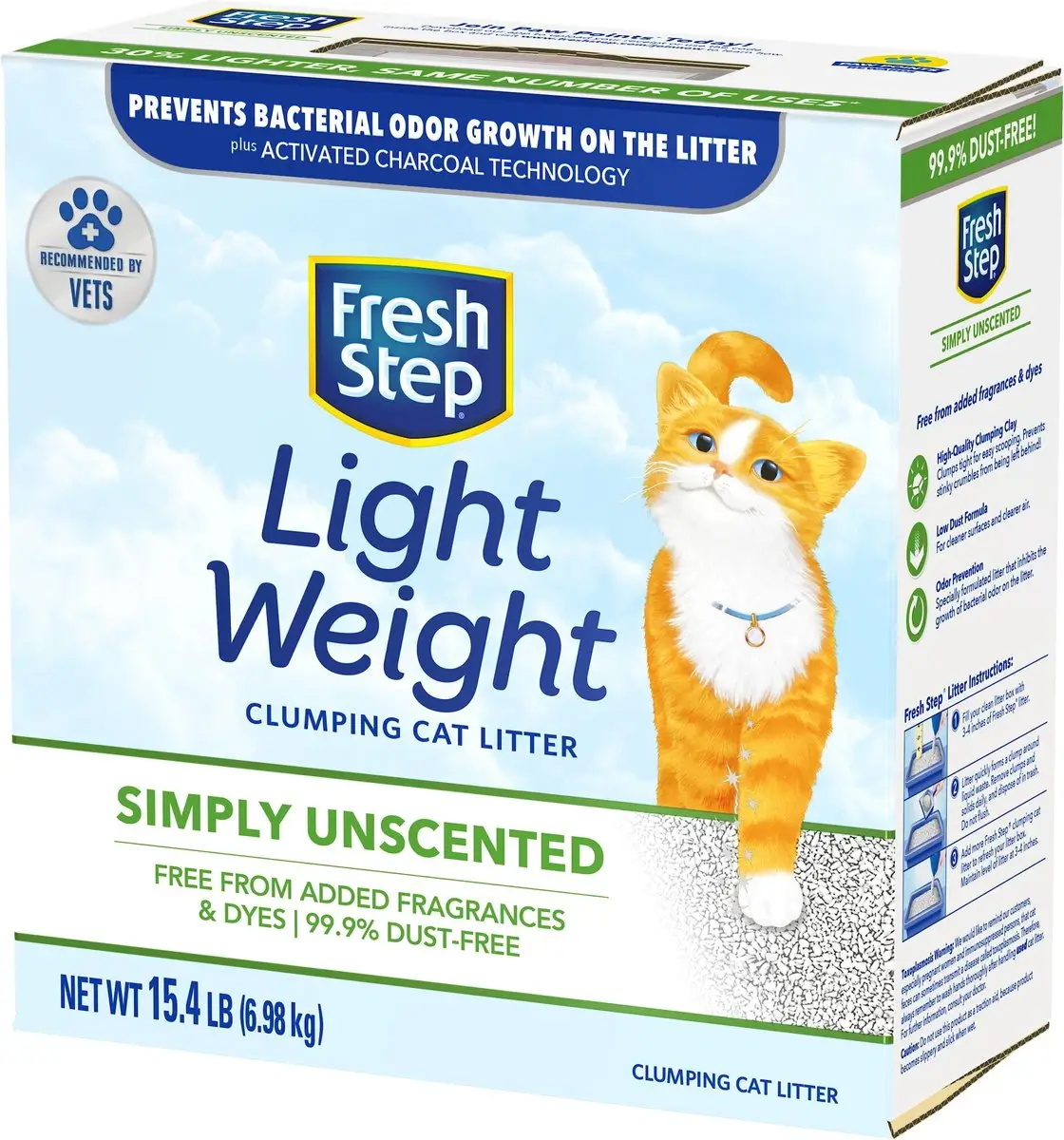
- Pros
- Excellent odor control without added fragrances
- Easy to scoop and dispose of
- Minimal dust production
- Cons
- Slightly more expensive than some other clay litters
Tips for Reducing Allergy Symptoms
In addition to choosing the right cat litter, there are several other steps you can take to minimize allergy symptoms and create a more comfortable living environment for both you and your cat. Here, we share four practical tips for reducing allergy symptoms associated with cat ownership.
Regular cleaning and maintenance of the litter box
Regularly cleaning and maintaining your cat’s litter box is essential to keep allergens at bay. Scoop out waste daily, and thoroughly clean and replace the litter as recommended by the litter manufacturer. This helps reduce the number of allergens present in the litter box and prevents the buildup of odor-causing bacteria. Wearing a mask and gloves during the cleaning process can provide additional protection against allergens.
Proper ventilation in the litter box area
Ensuring proper ventilation in the area where you keep your cat’s litter box can help prevent allergens from becoming airborne and dispersing throughout your home. Place the litter box in a well-ventilated space, preferably near a window or exhaust fan. Additionally, using a litter box with a lid can help contain dust and allergens, but be sure to maintain proper airflow inside the box to keep your cat comfortable.
Grooming and bathing your cat
Regular grooming and bathing can significantly reduce the amount of dander and allergens on your cat’s fur. Brush your cat frequently to remove loose hair and dander, and consider using pet wipes or a damp cloth for spot cleaning. While most cats are not fond of baths, bathing your cat occasionally using a hypoallergenic pet shampoo can help reduce allergens. Consult with your veterinarian for advice on the best grooming and bathing practices for your cat.
Use of air purifiers and allergy medications
Using an air purifier with a HEPA filter can help remove allergens, such as dander and dust, from the air in your home. Place the air purifier near the litter box area and in other rooms where you and your cat spend time together. In addition to using an air purifier, consider speaking with your doctor or allergist about allergy medications or treatments that can help alleviate your symptoms.
By implementing these tips in conjunction with choosing a suitable cat litter, you can create a more comfortable living environment for both you and your cat, reducing allergy symptoms and improving your overall quality of life.


